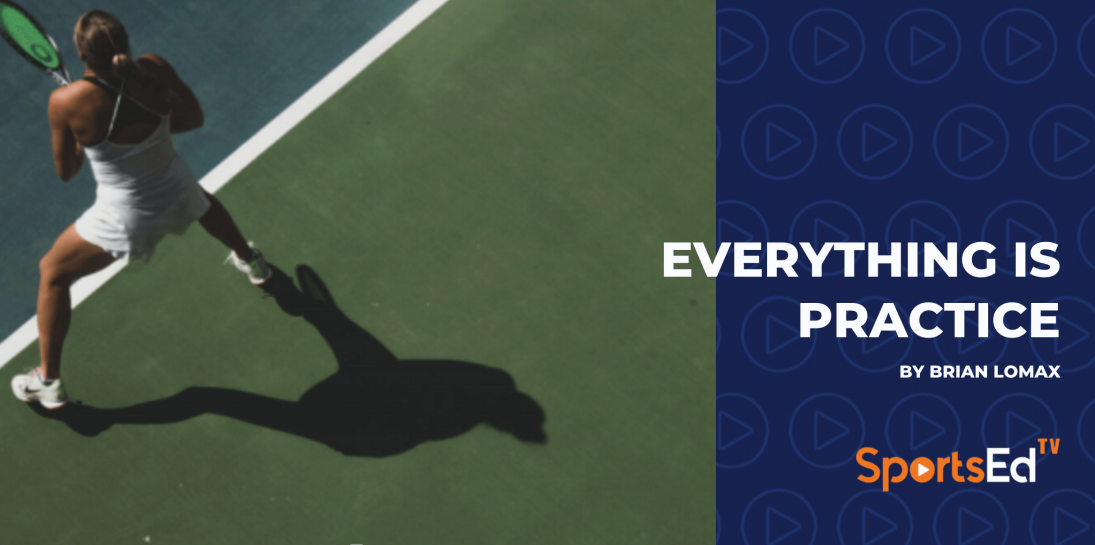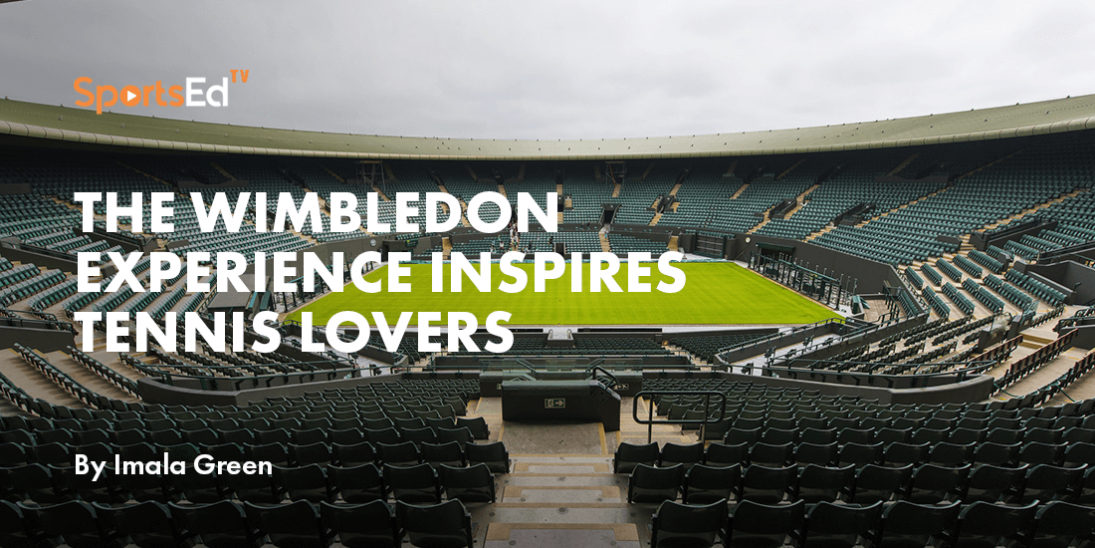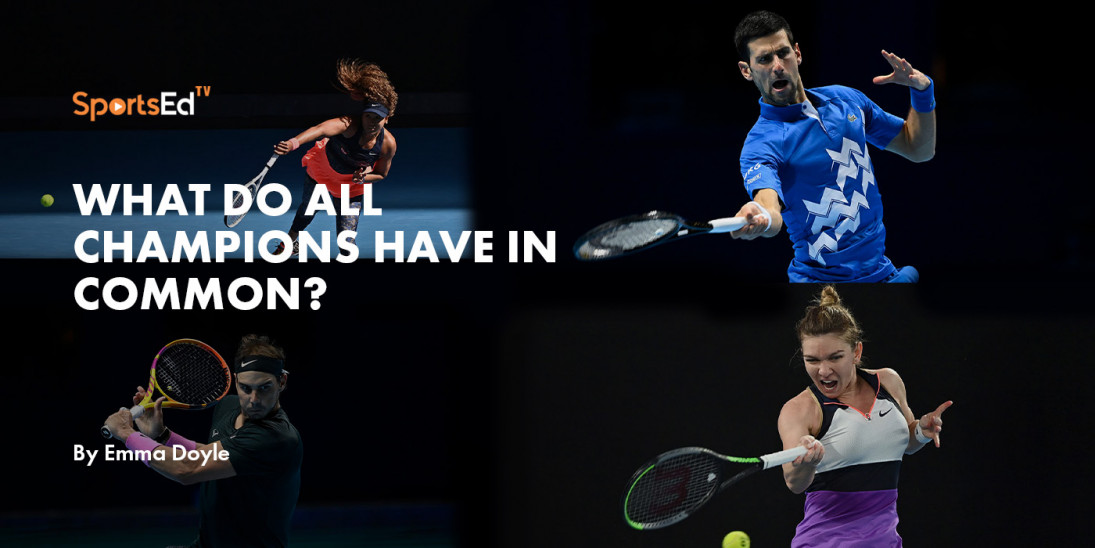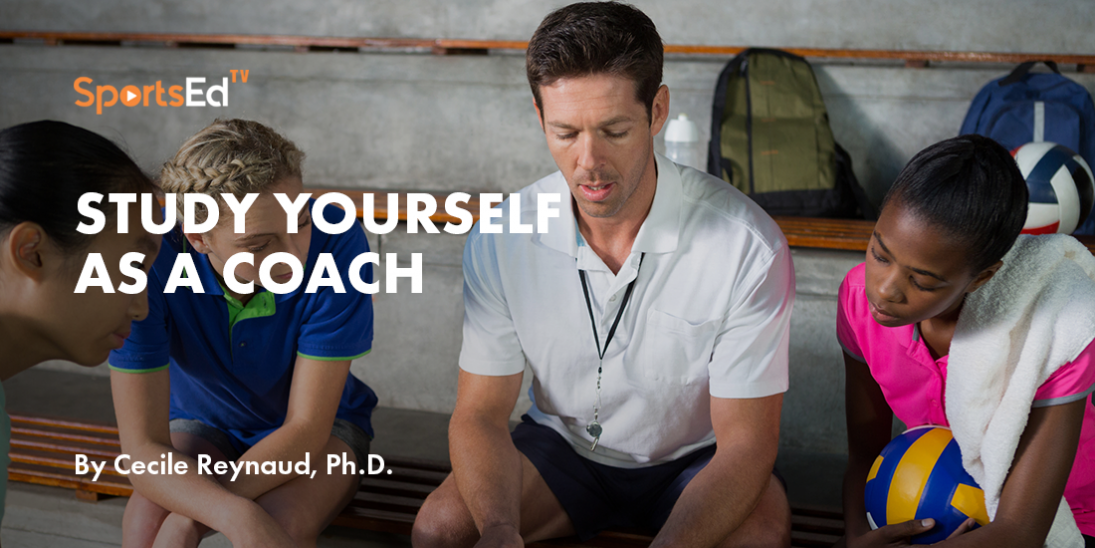Tennis
Welcome and thanks for visiting...

Red Clay Reimagined: How AmeriClay™ Is Changing the Game in the USA

A Brief History of Red Clay Tennis
The history of clay court tennis is nearly as old as tennis itself. Shortly after the sport’s invention in the 1870s, Wimbledon champion William Renshaw—playing under the Mediterranean sun—found his grass courts drying out and cracking. To preserve them, he began covering the surface with crushed clay pots from a nearby factory. He wasn’t looking to change the sport. But he did. In that moment, red clay tennis was born.
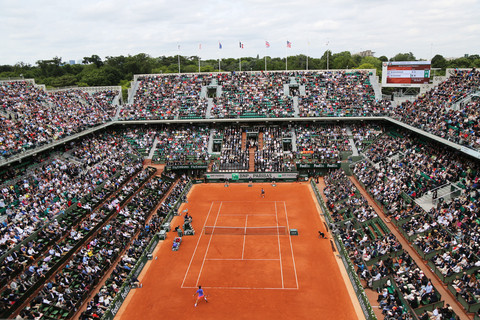
Why Clay Courts Changed the Sport Forever
The creation of this novel surface transformed how tennis was played. Over a century later, its core benefits remain unmatched. The soft, granular nature of clay courts allows players to slide into shots, reducing the wear and tear on joints, particularly knees and ankles. The surface absorbs shock, making it a safer and more sustainable option for both young developing athletes and aging veterans.
But clay doesn’t just affect the body—it changes the mind. On a hard court, power often wins. Fast points, short rallies, big serves. But on clay, you can’t just hit through your opponent. The ball slows down. Movement becomes more fluid. Strategy becomes essential. Players have to think three or four shots ahead. Constructing points, controlling depth and spin, and managing physical and mental stamina become the keys to victory.
This is why many of the world’s greatest players—like Rafael Nadal, Björn Borg, and Chris Evert—were forged on clay. It’s a surface that builds complete players, enhancing patience, endurance, and tactical awareness. For beginners, it’s a teacher. For professionals, it’s the ultimate test.
Why Red Clay Never Took Root in America
Despite its benefits, red clay has never flourished in the U.S. the way it has in Europe and South America. The primary reason? Logistics and maintenance.
Authentic red clay is typically made by crushing fired, iron-rich bricks, which gives the material its iconic rust color. But this also produces ultra-fine dust particles that are notorious for staining socks, shoes, clothing, and just about anything they touch. That alone has been a deterrent for clubs and facilities that want surfaces that are both high-performance and visually clean.
Worse, most authentic red clay had to be imported from Europe, making it prohibitively expensive to install and maintain. Over time, this led most American facilities to opt for green clay (commonly called Har-Tru) or synthetic alternatives that lacked the feel, performance, and strategic demands of true red clay.
Even today, no one top-tier tournament in the U.S. is played on European red clay. A few are played on artificial clay, like the WTA Charleston Open, which features a green clay surface, and the ATP Houston Open, played on artificial red clay. This is a testament to just how rare and inaccessible traditional red clay courts are on American soil.
A Conversation That Changed Everything
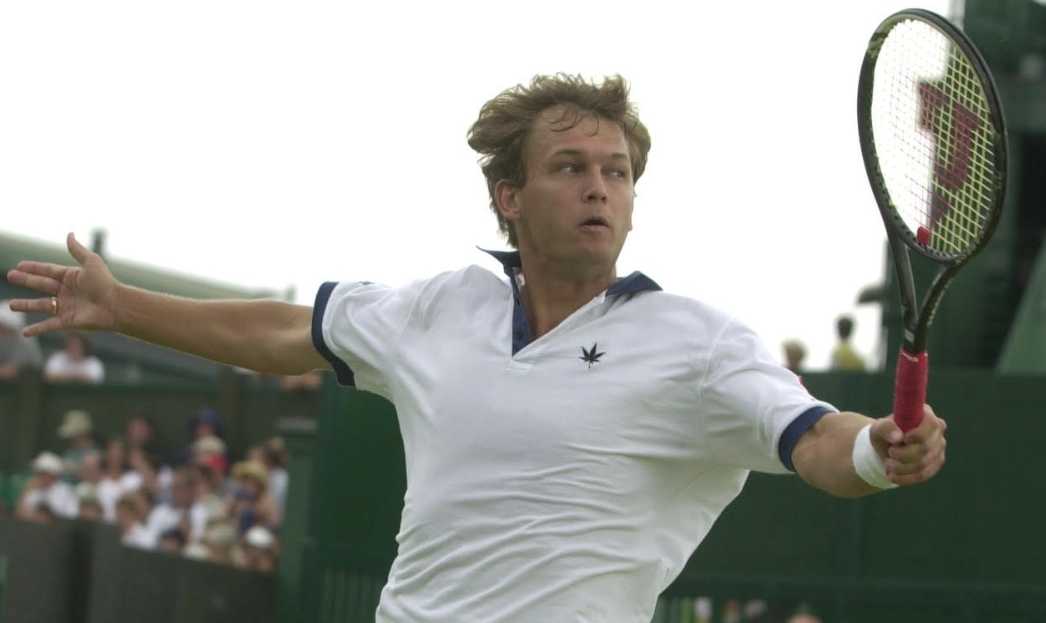
Then came a conversation that changed my perspective.
I was talking to Ellis Ferreira, a two-time Grand Slam doubles champion who has played—and won—on every major surface in the world. During our chat, Ellis told me about a red clay surface he discovered in Alabama, of all places. He claimed it played better than Roland Garros.
“I’ve played on the best clay courts in the world—Paris, Rome, Monte Carlo—and what I found in Alabama shocked me. It had the playability of Roland Garros without the mess. I prefer it.” — Ellis Ferreira, Grand Slam Champion.
Wait—better than Paris?
I had to see it for myself.
I traveled to Alabama, stepped onto the surface, and within minutes, I knew what Ellis meant. The ball response was perfect. The movement felt natural. There was no staining, and the court held moisture without feeling soggy or heavy. It looked and felt like the red clay of Europe—but was better suited to American climates, logistics, and budgets.
I was hooked.
Introducing AmeriClay™: The Red Clay America Deserves
That court in Alabama was the product of Roland Tennis, and the material was called AmeriClay. At SportsEdTV, we quickly partnered with them to bring this revolutionary product to the wider tennis community.
AmeriClay isn’t just a domestic alternative to European red clay—it’s an evolution of it. And here’s why it’s set to revolutionize tennis courts across the United States:
It’s Cost-Effective
AmeriClay costs about the same to build as green clay courts but requires significantly less maintenance. No calcium chloride. No scarification. Annual touch-ups use less material, saving both time and money for clubs and court managers.
It’s Water-Efficient
AmeriClay can be watered from the top, unlike many European surfaces that rely on costly and temperamental underground systems. And it requires less water overall, making it a more sustainable option for drought-prone regions.
It Won’t Stain
Say goodbye to red-stained socks and shoes. AmeriClay’s unique composition avoids the ultra-fine dust that gives traditional clay its notorious messiness. Want to see for yourself? We’ll send you a sample to test.
It Plays Like European Red Clay
Whether you’ve played in Rome, Monte Carlo, or Paris, you’ll find that AmeriClay delivers the same bounce, spin response, and sliding experience. This isn’t a compromise—it’s the real deal.
It Looks Beautiful
AmeriClay’s rich red hue rivals the aesthetic of any European court, bringing a world-class visual appeal to your local club, university, or academy.
It’s Made in the U.S.A.
Produced entirely in Alabama, AmeriClay supports domestic manufacturing and eliminates the high shipping costs and delays associated with overseas clay.
It’s Ready to Ship
No long lead times or customs delays. AmeriClay is in stock and ready for immediate delivery to your court builder or contractor.
How Does Real Red Clay Compare to Other Surfaces?
To understand AmeriClay’s significance, it’s helpful to compare clay courts to the other common surfaces:
Hard Courts
Pros: Consistent, predictable bounce, low maintenance
Cons: Harsh on joints, less forgiving for long-term play, can lead to overuse injuries
Grass Courts
Pros: Easy on legs, rewards balanced movement and touch, elegant aesthetics
Cons: Requires experience on surface, expensive to maintain, weather-sensitive, less durable
Green Artifical Clay Courts
Pros: Soft on joints, rewards strategic point construction, long rallies, improved player endurance.
Cons Expensive maintenance, slippery or hard when poorly maintained, prone to rain delays
European Red Clay
Pros: Soft courts easy on joints, rewards strategic point construction, long rallies, all-court play Cons: Expensive to import material, needs frequent watering and maintenance, stains clothing
AmeriClay
Pros: plays exactly like European red clay, lower maintenance cost, uses less water, won't stain clothing Cons: not enough AmeriClay courts near you!
AmeriClay brings the best of European red clay—its playability, safety, and aesthetic—while eliminating the historic downsides that kept it from flourishing in the U.S.
The Science Behind AmeriClay: What the Analysis Reveals
To make sure AmeriClay lives up to its promise, it was essential to understand precisely what’s in it. That’s why a thorough physical and mineralogical analysis was conducted by Dr. Wayne C. Isphording, a geologist with over 40 years of experience in clay composition and particle behavior.
Here’s what the report uncovered, in simple terms:
Particle Size Distribution
AmeriClay is made up of 60% sand, 27% silt, and 13% clay. That blend ensures fast drainage, stable footing, and just enough moisture retention to keep the surface playable without being slippery or too soft.
Stable Composition
Unlike many red clay courts that require calcium chloride or other chemical binders, AmeriClay holds its form naturally. The clay is naturally stable, so it stays compact and firm without constant intervention.
Alkaline Chemistry
AmeriClay is slightly alkaline, which makes it naturally resistant to algae and mold, reducing slipperiness and the need for frequent chemical cleaning.
Low Dust Content
The grinding process used in AmeriClay avoids the ultra-fine particles common in European clay. That’s why it doesn’t stain shoes, socks, or clothing and why the courts stay cleaner overall.
Consistent Quality
The materials are ground and blended at the source, not mixed off-site. This ensures every AmeriClay court has uniform particle size and mineral composition, making play consistent across facilities.
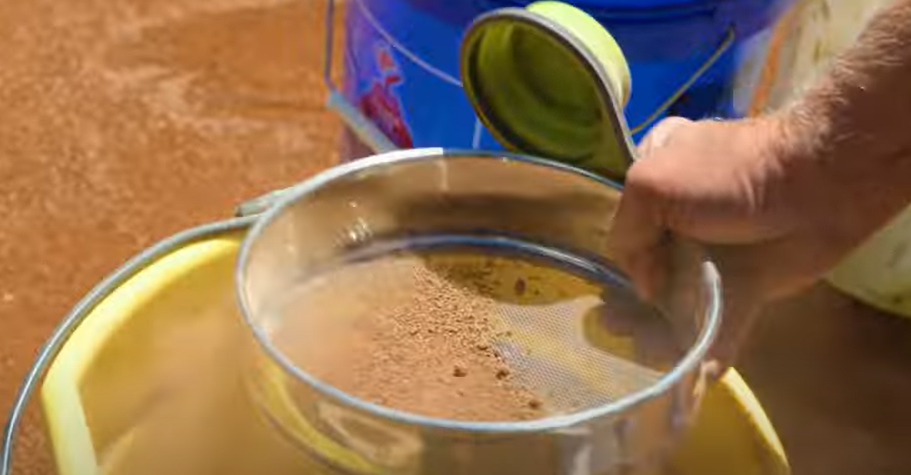
Community Tennis and the AmeriClay Advantage
At the grassroots level, access to playable, affordable, low-maintenance courts is crucial. AmeriClay’s design makes it ideal for municipalities, schools, and non-profits aiming to bring the beauty of clay tennis to more people.
Its resistance to algae growth, fast-drying surface, and low water needs make it a low-barrier surface to install and maintain, especially important in public park settings and high-traffic facilities.
Tennis is more than a game. It’s a tool for youth development, social connection, and lifelong health. A surface like AmeriClay can be the foundation of stronger tennis communities.
Patented Construction: The Roland Tennis Difference
AmeriClay is more than a material. It’s a system. Roland Tennis has developed a patent-pending court construction technique that enhances performance and durability. This unique layering process:
-
Increases moisture retention while ensuring fast drainage
-
Eliminates “dead spots” that are common in poorly built clay courts
-
Reduces downtime after rain with rapid surface recovery
-
Helps courts retain consistency in bounce and sliding across seasons
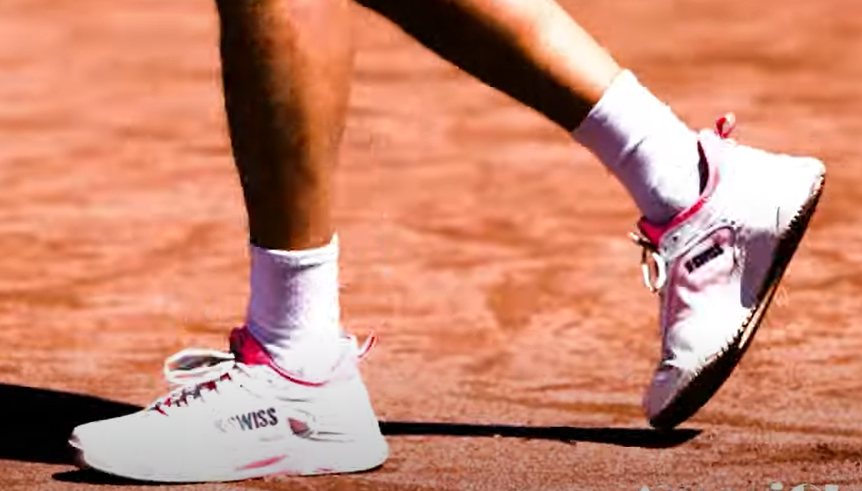
What This Means for Tennis in America
At SportsEdTV, we believe that access to high-quality training surfaces shouldn’t be limited to players in Paris or Barcelona. Tennis in the U.S. deserves more than just concrete and synthetic clay. Players deserve courts that help them develop more innovative games, prevent injuries, and fall in love with the sport in a deeper, more strategic way.
With AmeriClay, we’re not just introducing a new surface—we’re opening up a new chapter in American tennis. A chapter that brings the magic of red clay to players, coaches, and communities nationwide.
- It’s the court that builds champions.
- The court that teaches patience.
- The court that invites creativity and rewards resilience.
- It’s the best clay court in the world—and it’s made in America.
Want to See It for Yourself?
For samples, orders, or partnership inquiries, contact: info@sportsedtv.com





